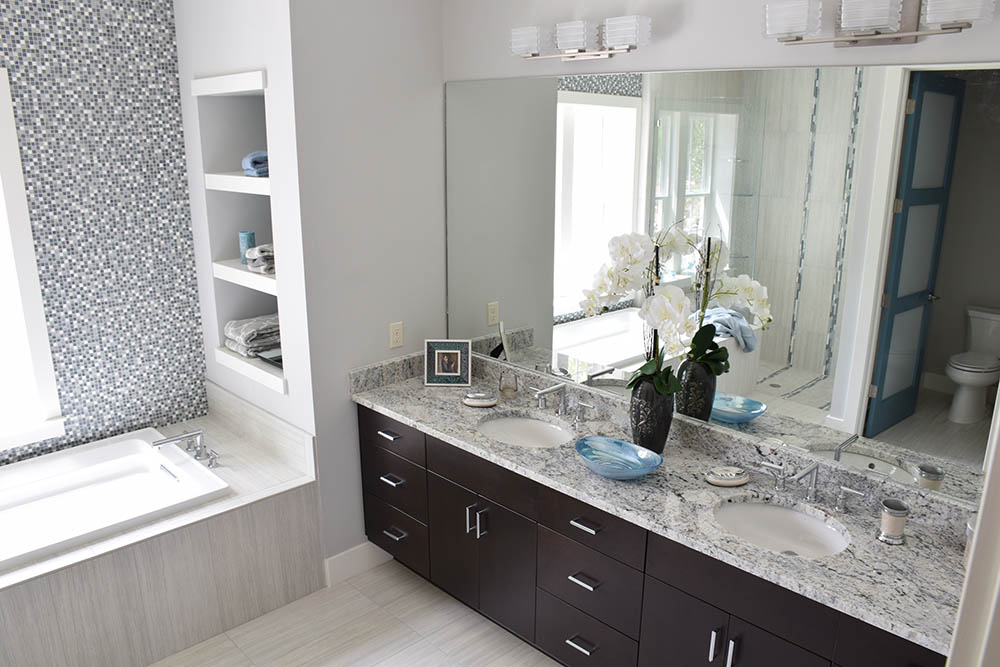How To Integrate Niche Boxes Seamlessly Into Modern Interiors
Integrating niche boxes into modern interiors requires a blend of thoughtful design, spatial awareness, and aesthetic sensitivity. These architectural features, once primarily functional, have evolved into stylish design elements that can enhance the visual appeal and utility of a space. When incorporated well, niche boxes contribute to the clean lines and minimalism that define contemporary interior styles, while offering creative opportunities to showcase decor or provide storage without compromising floor space. The key to seamlessly integrating niche boxes lies in the planning stage. Whether building from scratch or renovating, positioning is crucial. Niche boxes should be placed where they naturally complement the architecture and the daily use of the space. In living rooms, they can replace bulky shelving units or entertainment centers by offering streamlined recesses for books, art, or electronics. In kitchens, they can be integrated into backsplashes or unused wall space to store spices, utensils, or decorative jars.

Bathrooms especially benefit from recessed niches in shower walls or above sinks, offering both elegance and practical storage for toiletries. Material choice also plays a significant role in making niche boxes blend effortlessly. Matching the niche’s materials such as tile, paint, or wood finish with the surrounding surfaces can make them feel like a natural extension of the wall. Alternatively, subtle contrast can be used to highlight the niche as a feature without overwhelming the space. Using LED strip lighting within a niche can elevate its design by adding depth and focus, transforming it into a subtle focal point. This is particularly effective for displaying curated objects like ceramics, sculptures, or vases, turning the niche into a form of understated wall art. For a cohesive look, the dimensions and proportions of the niche boxes should reflect the overall design language of the room. Clean, rectangular shapes work best in modern interiors, echoing the structured lines of contemporary furniture and architecture. Symmetry and alignment with existing wall features such as windows, doors, or furniture also ensure that the niche feels intentional rather than incidental.
Niche boxes can also be used in unexpected places, such as staircases, hallways, or entryways, where they can introduce visual interest and serve as clever storage or display areas in otherwise overlooked zones. Another effective strategy is to design niche boxes that serve a dual function. For example, a bedroom headboard wall can incorporate niches as nightstands or reading alcoves, reducing the need for standalone furniture. In home offices, niches can frame a workspace, housing essential supplies or displaying motivational decor. This not only optimizes space but supports the decluttered, efficient lifestyle that modern interiors promote. Ultimately, the successful integration of niche boxes depends on a balanced approach where functionality meets style, and where each niche contributes to the harmony and flow of the space. By thoughtfully considering placement, scale, materials, and lighting, homeowners and designers can elevate ordinary walls into dynamic, multi-functional elements that reflect the modern emphasis on simplicity, utility, and beauty.